701 videos match your search.
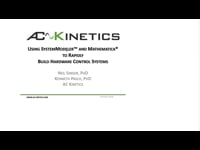 |
Neil Singer In this presentation, Neil Singer of AC Kinetics shows how he and his team used SystemModeler and Mathematica to rapidly build and verify hardware control systems and collect instrument data ... |
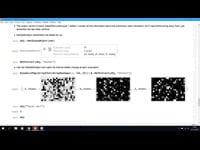 |
Tuseeta Banerjee and Matteo Salvarezza Learn how to build applications with models from the Wolfram Neural Net Repository and get an overview of some of the newest models available for classification, feature extraction, image processing, ... |
 |
Rohit Panse Enjoy this presentation by Wolfram Summer Camp alumnus and high-school student Rohit Panse. Rohit's project determines pneumonia diagnosis by using a convolutional neural network and chest x-ray images. |
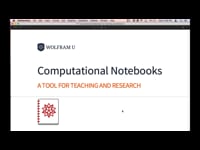 |
Abrita Chakravarty with Kyle Keane Learn about using Wolfram Notebooks in your courses and in the classroom to increase student engagement and promote concept exploration. Examples of computational essays from Wolfram Summer School are shared. |
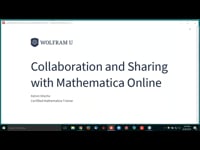 |
Kelvin Mischo This webinar shows you ways to encourage individual concept exploration and group collaboration by sharing notebooks in the Wolfram Cloud. |
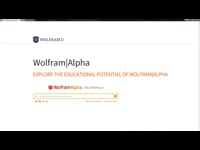 |
Bradley Janes This presentation introduces you to Wolfram|Alpha and shows you how to compute expert-level answers from all kinds of topic areas, with examples from science and technology, society and culture and mathematics. Next, Wolfram|Alpha step-by-step solutions are demonstrated, as well as Open Code exploration in the cloud, Wolfram Problem Generator ... |
 |
In the first webinar of the Software Development webinar series, you'll learn about the state-of-the-art local and global optimization techniques and parallel programming paradigms integrated into the Wolfram Language, along ... |
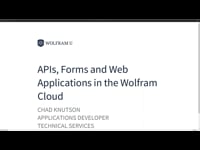 |
Chad Knutson This video shows how to create and deploy instant APIs and web forms with the Wolfram Language and how to develop web applications in the Wolfram Cloud. |
 |
Anthony Zupnik Wolfram CloudConnector for Excel is a plugin that allows you to call Wolfram APIs and functions from within Excel. This video shows how to extend Excel's capabilities with powerful Wolfram ... |
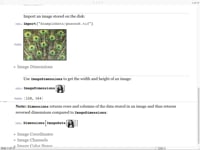 |
Dieser Vortrag soll eine kurze Einführung geben in die breite Palette von interaktiven Werkzeugen und leistungsstarken Funktionen zur Bildverbesserung, Segmentierung, Registration, Feature-Erkennung, Tracking, und mehr. |
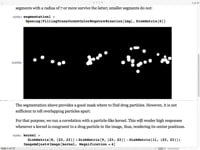 |
In diesem Vortrag besprechen wir, wie man Mathematicas grosses Angebot von Bildbearbeitungswerkzeugen einsetzt, um Probleme in verschiedenen Anwendungsgebieten zu lösen. |
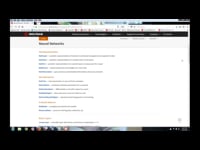 |
In this first webinar of the three-part Machine Learning webinar series, learn how to use the built-in neural net framework and build a net model from scratch, as well as ... |
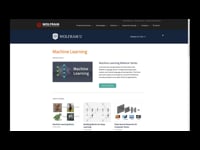 |
In the second webinar in the Machine Learning webinar series, learn to apply neural network concepts to processing and analyzing images and learn about some real-world applications of neural networks ... |
 |
In the third webinar in the Machine Learning webinar series, learn to use machine learning for audio analysis with some real-world applications of neural net models. Also featured is a ... |
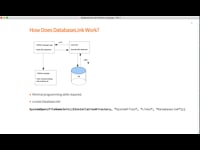 |
Mili Vishwakarma Learn about the key features of DatabaseLink, how it works and how to set up and configure connections. |
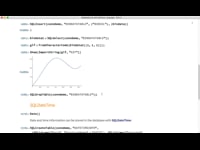 |
Mili Vishwakarma In this second video of the three-part DatabaseLink tutorial, you'll learn about querying the database, using descriptive and data commands, mapping data types between the Wolfram Language and SQL and ... |
 |
Mili Vishwakarma In this third and final video of the DatabaseLink tutorial, you'll learn how to work with result sets, use batch operations for large amounts of data and use DatabaseLink with ... |
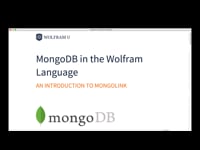 |
Sebastian Bodenstein This presentation provides an introduction to the noSQL database operations available with MongoLink, a high-performance Wolfram Language link to the MongoDB C driver. |
 |
In this first webinar of the three-part Data Science webinar series, you'll learn about Wolfram's multiparadigm approach to data science and see a demonstration of setting up a real-world data ... |
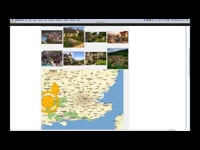 |
In the second webinar in the three-part Data Science webinar series, you'll see examples of using computation with data that go beyond traditional statistical methods and how to get started ... |